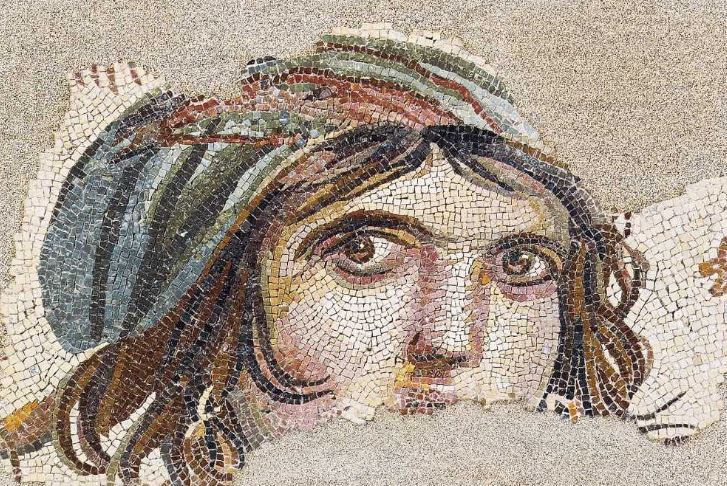
Zeugma Ancient City is a remarkable destination that offers a unique blend of history, culture, and natural beauty. With its stunning mosaics, rich heritage, and breathtaking views, it promises an enriching experience for visitors. Whether you’re exploring the intricacies of ancient art, uncovering the stories of the past, or simply enjoying the serene atmosphere of the Euphrates River, a visit to Zeugma is sure to leave a lasting impression. So pack your bags, prepare for adventure, and enjoy all that this historical site has to offer!

Zeugma Ancient City: A Jewel of Gaziantep
Nestled along the banks of the Euphrates River in southeastern Turkey, the ancient city of Zeugma is a historical treasure that offers a captivating glimpse into the past. Known for its stunning mosaics and rich cultural heritage, this archaeological site has become a must-visit destination for history enthusiasts and travelers alike. Located near the town of Nizip in Gaziantep Province, Zeugma is a place where the remnants of ancient civilizations come to life against the backdrop of breathtaking landscapes. In this article, we will delve into the origins, highlights, and everything you need to know to make the most of your visit to Zeugma Ancient City.
Location and How to Go to Zeugma Ancient City
Zeugma is located approximately 55 kilometers (34 miles) northeast of Gaziantep city center, near the town of Nizip. Its strategic position along the Euphrates River made it an important center for trade and culture in antiquity.
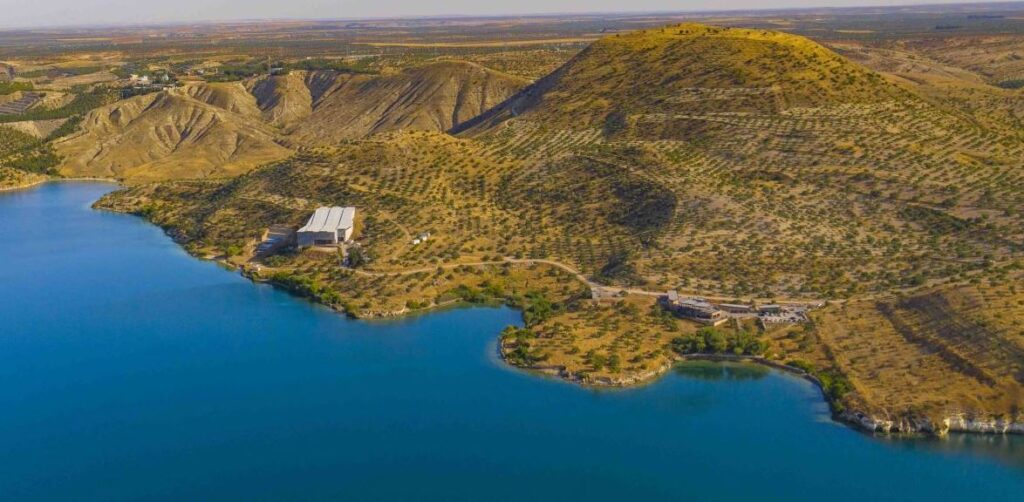
- By Car: The most convenient way to reach Zeugma is by car. From Gaziantep, take the D-400 highway towards Nizip. Follow the signs for Zeugma, which is well-marked. The drive takes about 1 hour and offers beautiful views of the surrounding countryside.
- By Public Transport: Buses and dolmuş (shared minibuses) frequently run from Gaziantep to Nizip. Once you arrive in Nizip, you can take a taxi to the archaeological site.
- By Tour: Many local travel agencies offer guided tours that include transportation to Zeugma as part of a larger itinerary exploring the region’s historical sites.
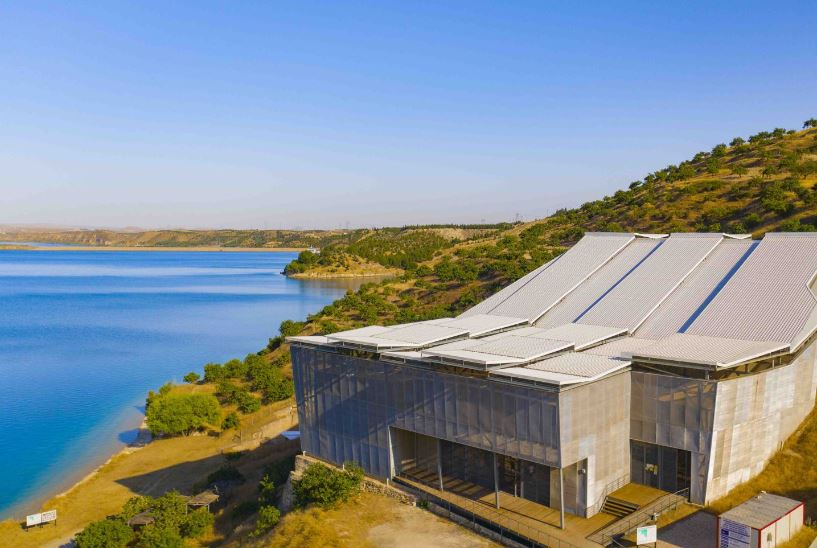
The Origin of the Zeugma Ancient City
Founded in the 3rd century BC, Zeugma was established by the Seleucid Empire and later became part of the Roman Empire. The city quickly flourished due to its strategic location along the Euphrates, serving as a vital link between the eastern and western parts of the empire. Zeugma became known for its wealth and diverse population, attracting merchants, scholars, and artists from various cultures.
The city’s name, meaning “bridge” in Greek, reflects its historical significance as a crossing point over the Euphrates River. Zeugma was renowned for its magnificent mosaics, which adorned the floors of its grand villas and public buildings.
Highlights of the Site
When visiting Zeugma Ancient City, there are several highlights that you won’t want to miss:
- The Mosaics: Zeugma is famous for its stunning mosaics, which are considered some of the finest examples of Roman art. The mosaics feature intricate designs and vibrant colors, depicting scenes from mythology and daily life.
- The Archaeological Museum: The Zeugma Mosaic Museum, located nearby, houses a remarkable collection of mosaics and artifacts excavated from the site. It is one of the largest mosaic museums in the world and provides valuable insights into the history and culture of Zeugma.
- The Roman Bridge: The remains of an ancient Roman bridge can be found near the site, showcasing the engineering prowess of the time. The bridge was an important crossing point over the Euphrates River and played a key role in trade and transportation.
- The City Walls: The well-preserved city walls of Zeugma are a testament to the city’s defensive capabilities. Walking along the walls allows visitors to appreciate the scale and significance of the ancient city.
- The Temple of Zeus: The ruins of the Temple of Zeus can be explored, providing insight into the religious practices of the inhabitants of Zeugma.
Why is it a Must-See Place?
Visiting Zeugma Ancient City is a must for several compelling reasons:
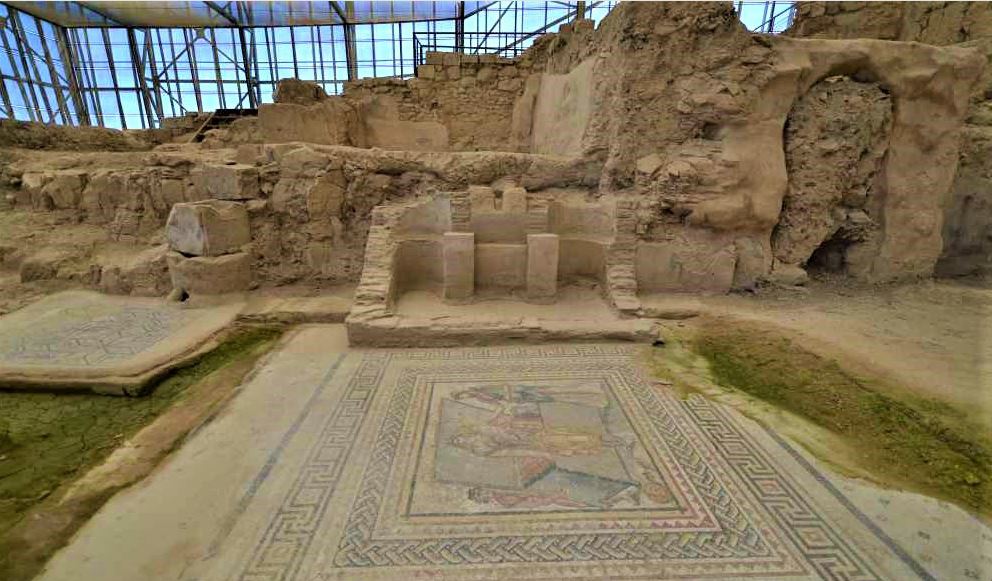
- Rich Historical Significance: Zeugma is steeped in history, having served as a vital center of trade, culture, and art in antiquity. Exploring the site allows visitors to connect with the rich heritage of the region.
- Stunning Artistry: The mosaics of Zeugma are unparalleled in their beauty and craftsmanship. They provide a unique window into the artistic achievements of the Roman Empire and are a highlight for art enthusiasts.
- Cultural Experience: Zeugma offers a unique opportunity to experience the blending of various cultures, including Greek, Roman, and Eastern influences. The site reflects the diversity of its past inhabitants.
- Natural Beauty: The location of Zeugma along the Euphrates River is breathtaking, providing a stunning backdrop for exploration and photography. The surrounding landscapes are rich in flora and fauna.
- Accessibility: Located near Gaziantep, Zeugma is easily accessible for travelers exploring the Turkish Riviera and offers a unique experience away from the more crowded tourist destinations.
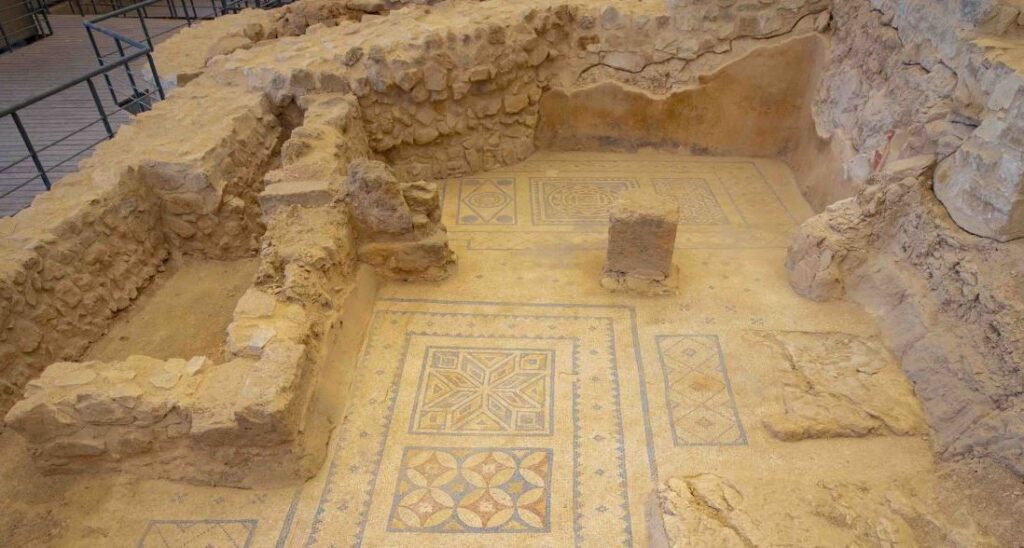
Best Time to Visit and Dress Code
Best Time to Visit
The best time to visit Zeugma is during the spring (April to June) and autumn (September to November) months. During these seasons, the weather is mild and pleasant, making it ideal for outdoor exploration. Summer can be quite hot, especially in July and August, while winter may bring cooler temperatures.
Dress Code
While there is no strict dress code for visiting Zeugma, it is advisable to dress comfortably and appropriately for outdoor activities:
- Comfortable Footwear: Wear sturdy shoes suitable for walking, as the terrain can be uneven and rocky in places.
- Light Clothing: Opt for lightweight, breathable clothing, especially if visiting during the warmer months.
- Sun Protection: Bring along a hat, sunglasses, and sunscreen to protect yourself from the sun, particularly during summer.
Opening Hours
Zeugma Ancient City is generally open to visitors throughout the week. The typical visiting hours are as follows:
- Summer (April to October): 8:00 AM to 7:00 PM
- Winter (November to March): 8:00 AM to 5:00 PM
It’s advisable to check the official website or contact local authorities for any updates or changes to opening hours before your visit.
Entrance Fees
As of the latest information, the entrance fee for Zeugma Ancient City is approximately 50 Turkish Lira (around $2.50). Prices may vary, so it’s best to check for updates before your visit. The fee typically includes access to the archaeological site and the museum.
The Museum Pass: Valid or Not
As of now, the Museum-Pass (Müze Kart) is valid for entry to Zeugma Ancient City and the Zeugma Mosaic Museum. This pass allows unlimited access to many museums and archaeological sites across Turkey, making it a worthwhile investment for travelers planning to explore multiple locations.
Structure and Design
The architectural design of Zeugma reflects its rich history and cultural influences. Here are some notable aspects of its structure and design:
1. The Mosaics
The mosaics of Zeugma are the crown jewels of the site. They are characterized by intricate designs, vibrant colors, and depictions of mythological scenes, animals, and daily life. Some of the most famous mosaics include:
- The Gypsy Girl Mosaic: This stunning mosaic depicts a young girl with an enigmatic expression, capturing the beauty and artistry of the time.
- The Hunting Scene Mosaic: This mosaic showcases a dynamic hunting scene, illustrating the skills and pursuits of the ancient inhabitants.
2. The City Layout
The layout of Zeugma includes residential areas, public buildings, and temples, all connected by a network of streets. The city was designed to accommodate a diverse population and facilitate trade and commerce.
3. The Roman Bridge
The remains of the Roman bridge, which once spanned the Euphrates River, are an impressive example of Roman engineering. The bridge’s arches and stonework reflect the skill of ancient builders.
4. The Temple of Zeus
The ruins of the Temple of Zeus are a significant architectural feature of the site. The temple’s columns and foundations provide insight into the religious practices of the inhabitants of Zeugma.
5. The Fortress Walls
The city walls of Zeugma are well-preserved and showcase the defensive capabilities of the ancient city. Walking along the walls offers stunning views of the surrounding landscape.
Legends and History of the Site
The history of Zeugma is rich with legends and tales that add to its allure:
Ancient Foundations
The site of Zeugma has been inhabited since antiquity, with evidence of human settlement dating back to the Hittite period. The strategic location along the Euphrates River made it an ideal site for trade and commerce.
The Seleucid Era
Zeugma was founded by the Seleucid Empire in the 3rd century BC and quickly flourished as a center of trade and culture. The city’s name, meaning “bridge,” reflects its importance as a crossing point over the Euphrates.
Roman Influence
During the Roman period, Zeugma became a major urban center, known for its wealth and diversity. The city was adorned with magnificent buildings, including villas, temples, and public baths. The mosaics created during this time are considered some of the finest examples of Roman art.
The Decline
Zeugma faced challenges throughout its history, including invasions and changes in trade routes. By the 3rd century AD, the city began to decline, and many of its inhabitants moved to other areas. The site was eventually abandoned, and much of its history was forgotten.
Nearby Attractions
When visiting Zeugma Ancient City, consider exploring these nearby attractions:
1. Gaziantep Castle
Located in the heart of Gaziantep, this ancient castle offers stunning views of the city and the surrounding area. The castle dates back to Roman times and has been expanded over the centuries.
2. Gaziantep Mosaic Museum
This museum is home to a vast collection of mosaics from the region, including many from Zeugma. The museum showcases the rich artistic heritage of Gaziantep and provides insight into the region’s history.
3. Rumkale
Rumkale, located about 70 kilometers (43 miles) from Zeugma, is an ancient fortress overlooking the Euphrates River. The site offers stunning views and a glimpse into the region’s rich history.
4. Mount Nemrut
Located approximately 120 kilometers (75 miles) from Zeugma, Mount Nemrut is famous for its colossal stone heads and ancient tomb. The site is a UNESCO World Heritage Site and offers breathtaking views at sunrise and sunset.
5. Dülükbaba Park
Dülükbaba Park, located in Gaziantep, is a beautiful green space perfect for picnics and leisurely walks. The park features walking paths, playgrounds, and cafes, making it a great place to relax.
Interesting Facts About the Site
- UNESCO World Heritage Site: Zeugma has been proposed for inclusion on the UNESCO World Heritage List due to its cultural and historical significance.
- Largest Mosaic Museum: The Zeugma Mosaic Museum is one of the largest mosaic museums in the world, housing an impressive collection of mosaics and artifacts.
- Cultural Diversity: Zeugma was home to a diverse population, including Greeks, Romans, and locals, creating a rich tapestry of cultures and traditions.
- Architectural Marvel: The mosaics of Zeugma are renowned for their intricate craftsmanship and artistic detail, making them a highlight for art enthusiasts.
- Strategic Location: The site’s location along the Euphrates River made it a vital center for trade and communication in ancient times.
Tips for Visitors
- Plan Your Visit: Research the site ahead of time and consider visiting during off-peak hours to avoid crowds. Early mornings or late afternoons are often quieter.
- Stay Hydrated: Bring plenty of water, especially during the warmer months. Staying hydrated is essential for enjoying your time outdoors.
- Capture the Moment: Don’t forget your camera! The stunning mosaics and picturesque surroundings provide plenty of opportunities for photography.
- Respect the Site: As a historical site, it’s important to respect the ruins and follow any guidelines provided by site management to help preserve the history for future generations.
- Explore Nearby Attractions: Take the time to explore the nearby attractions, including Gaziantep Castle and the Gaziantep Mosaic Museum, to fully appreciate the region’s rich heritage.
Frequently Asked Questions
1. What is the best time to visit Zeugma Ancient City?
The best time to visit is during the spring (April to June) and autumn (September to November) when the weather is mild and pleasant for exploring.
2. How do I get to Zeugma from Gaziantep?
You can take a local bus or dolmuş from Gaziantep to Nizip, and then take a taxi to reach Zeugma, which is about 10 kilometers away.
3. Are there guided tours available at Zeugma?
Yes, many local travel agencies offer guided tours that include transportation and visits to the archaeological site and nearby attractions.
4. Can I take photos inside the archaeological site?
Photography is generally allowed, but it’s best to check with site management for any specific restrictions.
5. Is there an entrance fee for Zeugma Ancient City?
Yes, the entrance fee is approximately 50 Turkish Lira (around $2.50), but prices may vary, so it’s best to check for updates before your visit.



